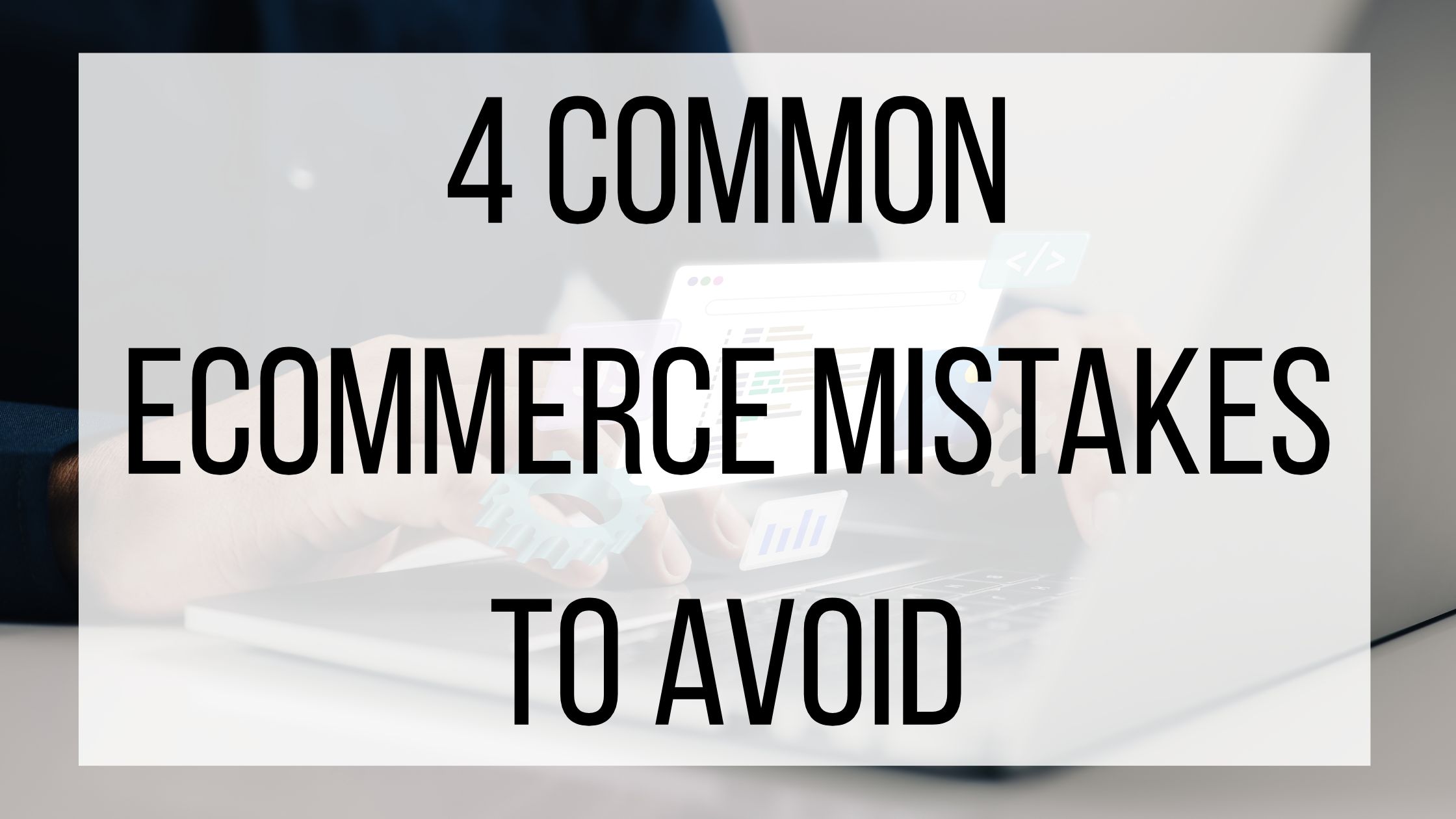Getting Started With Content Audits

When creating a content marketing plan for your business, one of your main goals is likely to create and distribute new content. You put in the effort to grab your audience’s attention, and analyze how they respond. One step that many marketers forget about (or maybe even don’t know about) is running a content audit.
What Is A Content Audit?
A content audit is the process of taking inventory of your website’s assets, such as your blog, landing pages, or product pages. Content audits help give you insight into what content you have, and what needs to be updated, re-written, or deleted. You can make content audits brief or detailed, depending on your goals. It can be helpful to start with one category (such as your blog, or a specific section of your website) and work your way through them, but you can absolutely audit at once!
Why Should I Run A Content Audit?
Content audits bring many benefits, and help you greatly improve your site. Audits help you analyze the performance of the content you already have, which allows you to update or remove pages that are not performing well. They highlight pages where your SEO is not optimized, which allows you to fix those issues. Audits can point out content gaps, and where you might have an excess of content that you do not need. You can create an “inventory” of content when running an audit, which allows you to identify content you can re-purpose.
When Should I Run A Content Audit?
You can run a content audit whenever you see fit, but there are some instances where it is smart to run one: when you are re-designing your website if you are running out of topics in your niche and want to go through all of your old content, if you are working with a marketing strategy or content plan that another team has sent you, or if it’s just been a while and you want to see how your website is doing.
Content Audit Tools:
While you could go through your website manually, it is much more efficient to use automated tools. Using tools can help you catch things you might have missed, and helps move the process along more quickly. Depending on your goals, there are many ways that you can get started. Google Analytics can be helpful in finding traffic data for each page and breaking it down for you. Sites like Ahrefs are helpful for checking for broken links, and DynoMapper is great for content inventory. Screaming Frog gives you an overall view of what your website could improve on. There are many, many online tools that can help you depending on your goals, so look around and find one that is a good fit for you!
There are many ways you can run a content audit, so start small and specific. Set goals before you start, and break your audits down into sections of your website if you need to. Once you get the hang of running audits, it will be easy to manage your assets and make sure that everything is the best that it can be! Have you ever run a content audit? What is the best trick or tool you’ve found?



3 Comments
Nstruss · September 17, 2022 at 5:54 am
Every time there is a new article, I always check my content to see if it is ready and then I will publish it on the website, thanks for your sharing, it helps me to improve my SEO skills.
run 3 · November 6, 2022 at 9:02 pm
Thanks for sharing; it helps me to hone my SEO skills. Every time there is a new piece, I always check my material to see if it is ready before I publish it on the website.
happy wheels · March 7, 2024 at 8:44 pm
Reading through your interesting article, sometimes I want to do more of the same.